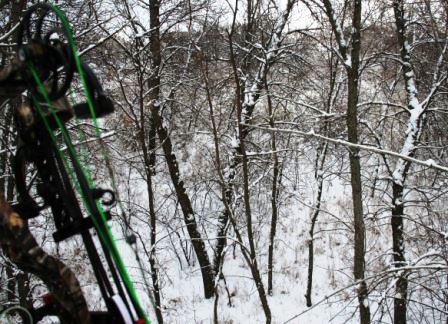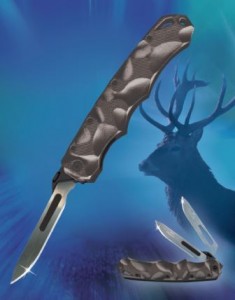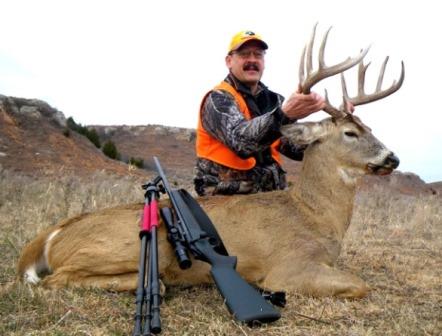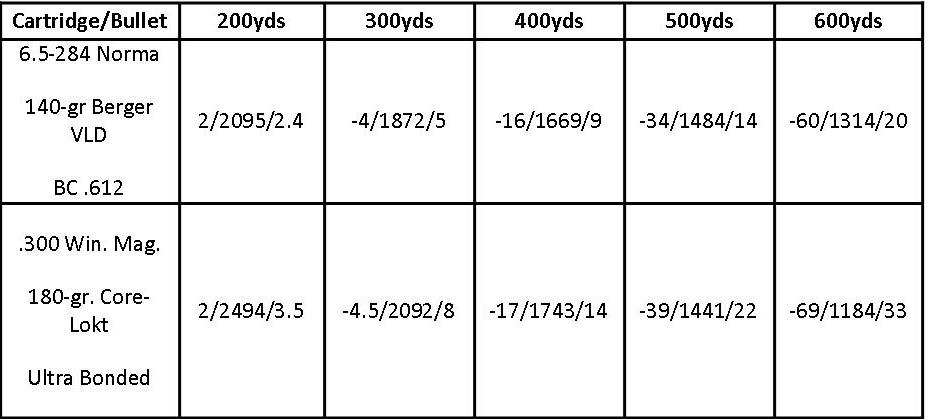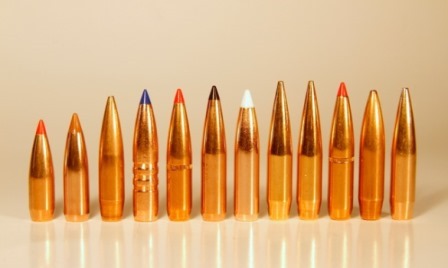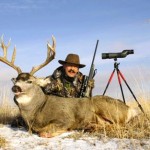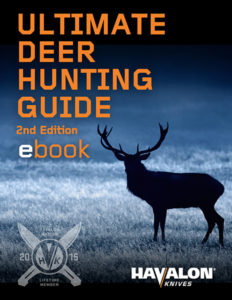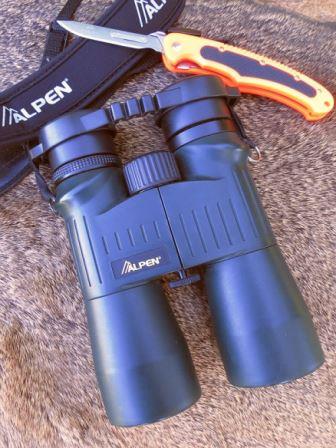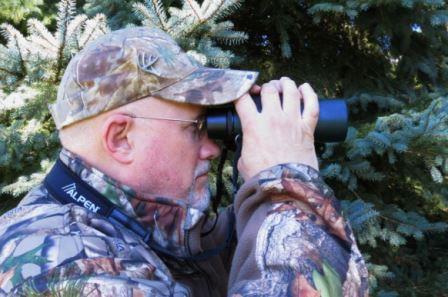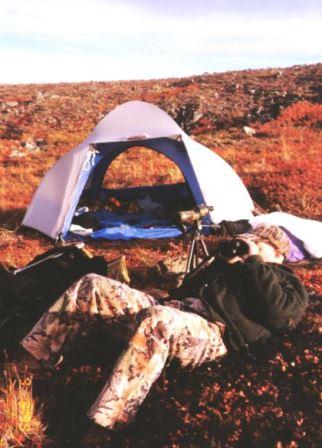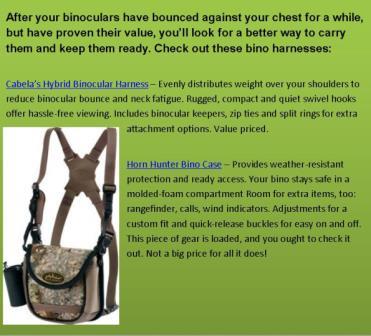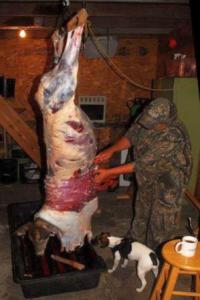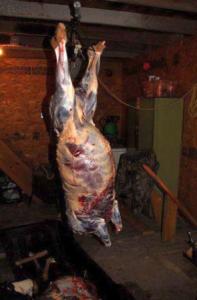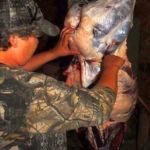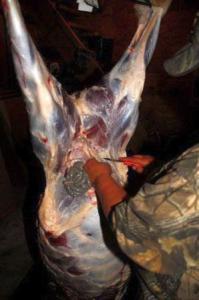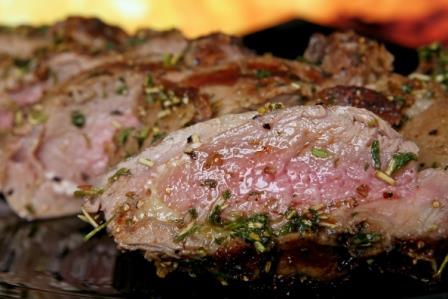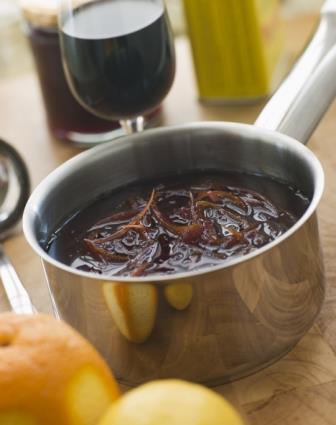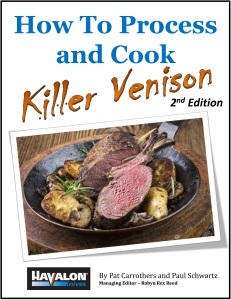By Bernie Barringer
Should I Stay? Or should I go?
How to make deer hunting’s most difficult
decision!

The decision of whether or not to stick it out in a tough situation or bail and move on is often a very difficult decision to make. There are many factors to consider. (Photo: Bernie Barringer)
I’d waited three years to draw this Iowa tag. Daytime buck movement was just starting to heat up, and I was collecting trail camera pictures of nice 140 to 160 class bucks. On October 31 my world was thrown into a tailspin. My wife called to tell me her mother had died. The funeral would be on Saturday.
“If you want me to come home, just say the word.” I meant it, just as much as she meant it when she said she wanted me to stay and hunt. I guess that’s part of why this marriage has lasted 35 years.
This was an extreme case, but you don’t have to find out a family member has passed away to be faced with the most difficult choice in DIY deer hunting away from home: should I stick it out a few more days, or should I bail on this plan and move to potentially greener pastures?
In my 20-plus DIY bowhunting road trips, I have faced that decision on almost every trip and – though I hate to admit it – I often zigged when I should have zagged. Usually the decision isn’t whether to pack up and go home with my tail tucked between my legs. I’m usually choosing whether or not to resort to Plan B – moving to another hunting location I’ve already researched.
Knowing when to hold ’em and when to fold ’em is a decision that’s different on every hunt, and can change at any time. The factors that influence a move to Plan B usually come from four basic influences:
1. The influence of weather.
I left Kansas early one time because the November forecast called for several days with highs in the 80s and southerly winds. Try as I might, I couldn’t find good stand locations for that wind direction. I wasn’t seeing much buck movement during the day, and with hot weather suppressing deer activity, I felt my chances weren’t going to improve and moved on to a better option.
I arrived in North Dakota two days later. The trail cameras I’d planted there earlier showed chasing activity at all times of the day. I had made the right choice.
Long stretches of rainy weather can influence your decision as well, and in some cases, extreme cold or wind can cause deer to hole up for several days.
Since smart decisions often depend on weather, gather as much information as possible to make the best decision. Today’s technology allows you to get an accurate long-term forecast at the touch of a finger. Radar shows what’s coming and when. Some good examples of excellent hunting weather apps for your smartphone are Raindar (for Android), Accuweather and Scoutlook® Weather (my favorite).
2. The influence of hunting pressure.
Hunting pressure is one of the unknowns that are hard to research ahead of time. In some places you’ll get more trail camera photos of other hunters than of shooter bucks. You can call biologists and game wardens to get a feel for the hunting pressure you’re likely to encounter, but their advice is largely speculation and the reality might be quite different than expected.
In one case I almost backed out of a plan because I was told the hunting pressure on an 800-acre piece of public land in Kansas was intense during the first week in November. I decided to battle it out because the property was big and I figured I could snake my way into some deep piece of cover and find a buck. I hunted there a week and saw only three other bowhunters. I guess not everyone has the same idea of hunting pressure.
One time I arrived in Missouri and found the parking lot of a public hunting area packed with seven trucks. License plates showed these trucks were from five different states.
While you can’t predict these situations, there’s no excuse for finding yourself in a crowd due to other hunting seasons. Once again in Missouri, I arrived at my hunting spot before daylight on a Saturday morning, surprised to see a lot of activity. A youth hunting season had opened up that day. I knew the season was opening, but was unprepared for the high pressure a rifle season brings in. A little foresight would have helped me plan a stand site that would use the pressure to my advantage.
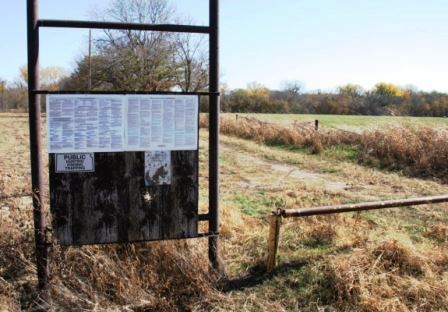
Hunting public land can hold all sorts of surprises. The advice given here can make a big difference in your success. Gathering large volumes of information in any way you can really does help make the decision more clear. (Photo: Bernie Barringer)
3. The influence of trail cameras.
You can never have too much information, so game cameras are a huge part of deciding if you should stick it out through tough times or bail. They offer a lot of information not only about deer movement, but hunting pressure and even the presence of predators. I’ve seen where a pack of coyotes constantly worked a bedding area, and the deer just won’t put up with the harassment. Without trail cameras, I would never have known what was going on.
Deer patterns can change quickly when a crop field is harvested or, on an early season hunt, the acorns drop. Trail cameras are great for figuring out when deer behavior changes.
4. The influence of random factors.
I once had big plans to hunt an out-of-state property and had all my spots marked out on Google Earth. I called a local biologist a few days before leaving to ask him what kind of crops were in the food plots on this public hunting area. He told me they were going to do a controlled burn on several hundred acres of switchgrass the same day I planned to arrive. Because of this, I had to put a Plan B into place rather quickly. Sure glad I made that call.
Sometimes a hunting area just goes dead for no apparent reason. It will happen when coon hunters work an area. The noise, scent and chaos of hounds running through during the night can move the bucks out for a few days. If you aren’t observant, you’d never know an army of hunters and hounds invaded soon after you got out of your stand in the evening. I’ve learned to look for clues in the parking areas to determine if a lot of activity goes on when I’m not around.
Knowing when to hold ’em and when to fold ’em is always a tough call. Most often it’s a combination of subtle clues from a variety of different sources that will help you make the right decision.
About Bernie Barringer:
 Bernie Barringer hunts and fishes for a variety of species in several states and Canadian provinces. He has published more than 400 articles in two dozen outdoor magazines and authored 11 books on hunting, fishing and trapping. The latest is The Freelance Bowhunter: DIY strategies for the travelling hunter. He is a recognized authority on DIY hunting, and blogs his hunts on his website www.bowhuntingroad.com.
Bernie Barringer hunts and fishes for a variety of species in several states and Canadian provinces. He has published more than 400 articles in two dozen outdoor magazines and authored 11 books on hunting, fishing and trapping. The latest is The Freelance Bowhunter: DIY strategies for the travelling hunter. He is a recognized authority on DIY hunting, and blogs his hunts on his website www.bowhuntingroad.com.
Make sure you have the perfect deer hunting
knife for whatever comes your way.
The Havalon Piranta Black Stag –
the easiest decision you’ll ever make!
Click here:
2,539 total views, no views today


